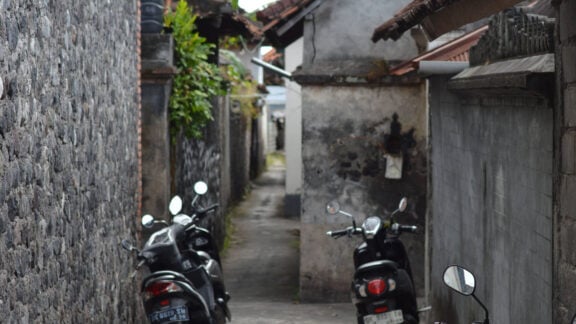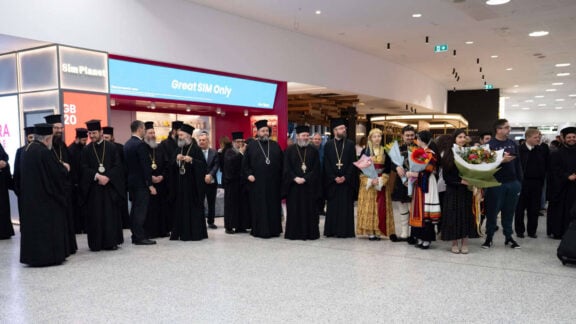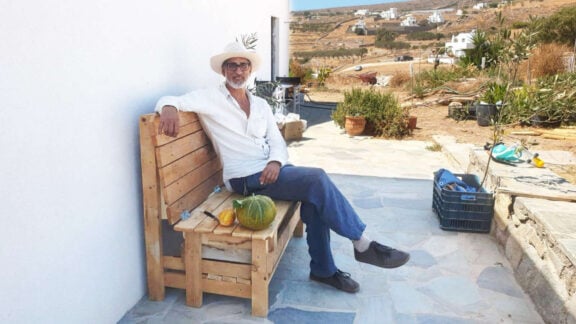A series of AI-generated videos depicting Santorini in chaos has gone viral on TikTok, highlighting the growing issue of fake news that thrives within social media algorithms.
One particularly alarming video shows Santorini being engulfed by a catastrophic volcanic eruption, sending waves of panic across the internet. The AI-generated footage, widely shared on TikTok, has been reposted by multiple accounts, further amplifying its reach.
In the video, the Santorini volcano erupts violently, causing devastation across the Cyclades. According to an unverified claim by a social media account, the video was allegedly created and circulated by Turkish sources to damage Santorini’s tourism industry. However, no official confirmation or refutation has been made regarding this assertion. In an already fragmented and misinformation-heavy digital landscape, verifying such claims remains a challenge.
The viral Santorini footage is just one example of a broader trend. Many social media users exploit public fear and urgency to gain likes and views, using AI software to fabricate sensationalist disaster videos. This trend underscores the growing epidemic of fake news and deepfake content infiltrating digital platforms.
The appeal of such apocalyptic videos, particularly those linked to seismic activity in the Cyclades, has drawn numerous content creators into producing misleading posts. This phenomenon reflects the findings of a major MIT study on fake news, published in Science, which concluded that false information spreads significantly faster than the truth.
“Misinformation clearly outperforms factual news,” said Soroush Vosoughi, a data scientist at MIT who has been studying fake news since 2013. His research, cited in The Atlantic, found that a fake story reaches 1,500 people six times faster than a real one.
The study highlights that fabricated news is more likely to go viral because it appears fresher and evokes stronger emotional reactions than factual reports. “Content that triggers intense emotions spreads faster, travels further, and leaves a stronger impression,” the researchers noted.
As misinformation proliferates, tech giants are facing growing scrutiny. Meta, the parent company of Facebook, Instagram, Threads, and WhatsApp, has recently dismantled its fact-checking mechanisms, leaving users increasingly vulnerable to online propaganda, fearmongering, and misinformation.
Meanwhile, Elon Musk’s X (formerly Twitter) has introduced Community Notes as a crowdsourced fact-checking alternative, but TikTok’s algorithm remains an opaque and unsolved mystery.
Stamatis Poulakidakos, Assistant Professor at the University of Western Macedonia and coordinator of the Check4Facts platform, recently warned in an interview with APE-MPE that “we are heading irreversibly from bad to worse.” He emphasised that while fact-checking alone is not a panacea—given the political and ideological biases that can sometimes influence such efforts—media literacy education is the most effective way to combat misinformation.
“If media literacy is introduced into the formal education system from primary school, we can develop future generations of media-savvy citizens,” Poulakidakos said.
However, he stressed that for such efforts to be successful, they need institutional backing, as ad-hoc initiatives have limited impact.









